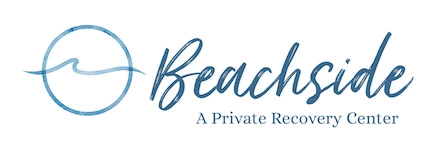America’s Fatal Opioid Addiction
It is estimated that in 2015 around 1.9 million people in the United States suffered from disorders relating to opioid pain relievers and a further 517 000 were addicted to heroin. In fact, more Americans now die every year from drug overdoses than they do from car accidents. Most of these overdoses are related to legal prescription drugs. One question we need to ask ourselves is how did we let this happen? The answer is not to be found in a single cause but in several factors such as overprescribing, the way we view pain, greater social acceptability for using medications for different purposes, as well as aggressive advertising by pharmaceutical companies. The next question you should be asking is how will we overcome it? By tightening up prescription protocols and removing the stigma and cost from attending drug rehabilitation.
Overprescribing physicians
In 2012, 259 million opioid pain medication prescriptions were written – enough for every adult in America to have a bottle of pills. Many states blame this on for-profit pain clinics that prescribe substantial quantities of painkillers to individuals who don’t necessarily need them.
Pain levels become the fifth vital sign
Dr. Chinazo Cunningham, professor and attending physician of family and social medicine at Albert Einstein College of Medicine and Montefiore Medical Center in New York, has attributed a large role to the way we view pain as a cause of this opioid epidemic. About twenty years back there was a movement to make sure that pain was treated adequately. Doctors are now in the habit of asking patients to describe their pain on a scale of one to ten, which in itself is problematic due to its obvious subjectivity. If a patient reports himself to be experiencing a lot of pain then the doctor feels obliged to prescribe him a stronger drug. She says that “pain became the fifth vital sign.” Now everyone seems to be under the perception that we should not be experiencing any pain at all. As the body quickly becomes tolerant to opioids, this mentality leads people to seek multiple prescriptions and higher doses.
Heroin addiction and opioids
An addiction to prescription painkillers can be pricey and it is estimated that about 75% of opioid addiction patients switch to heroin as a cheaper opioid source. This has led to a considerable rise in issues relating to heroin.
What’s being done for the opioid epidemic?
Obama has recently confirmed the urgency of the epidemic and unveiled the steps his administration will be taking in order to combat opioid addiction. They hope to double the number of doctors who can prescribe buprenorphine, which is used to treat opioid withdrawal symptoms. In addition, more than 40 medical provider groups have made the commitment to train more than half a million medical personnel on the safe prescription of pain medications containing opioids. The administration also hopes to curb overprescribing and make Naloxone, which is used to reverse the effects of opiate overdose, more readily accessible. In addition, the administration is planning to launch an initiative which pairs drug enforcement officers with public health workers in order to trace heroin routes.Obama’s policy is largely focused on the idea of drug addiction as a disease that requires treatment, rather than a crime requiring punishment. This will help serve the purpose of erasing the stigma surrounding drug addiction, which Obama deems necessary in fighting the epidemic.

